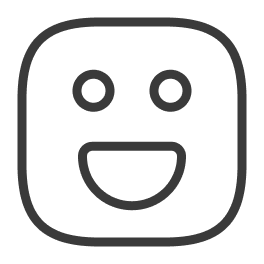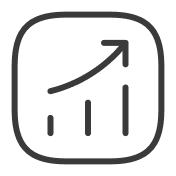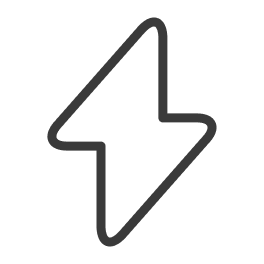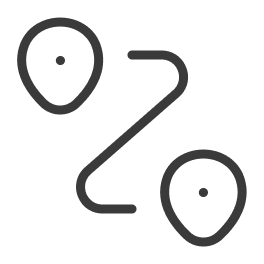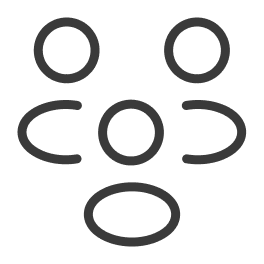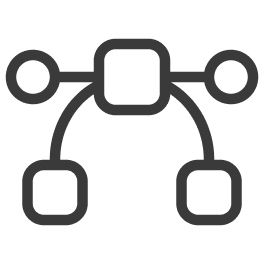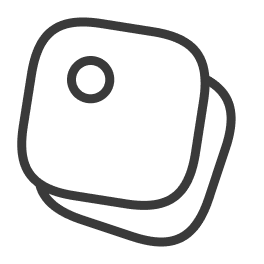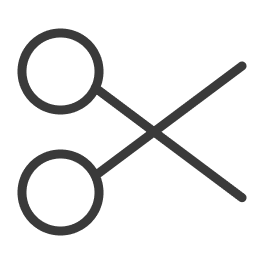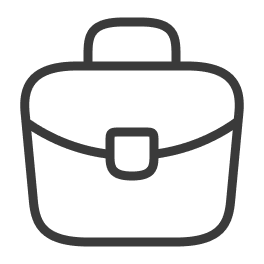Great design leadership isn’t just about making things look good, it’s about building empowered teams, shaping strategy, and making design a real driver of business outcomes. I believe in a data informed approach, strong cross-functional collaboration, and creating an environment where designers can do their best work and grow. Design is not an afterthought, it’s a core part of how great products get built.
Case Study: Cambridge Mobile Telematics
Building a Product Design team
When Cambridge Mobile Telematics (CMT) acquired TrueMotion in 2021, design wasn’t deeply embedded in the company’s DNA, it was treated as more of a support function than a strategic driver. Most designers at CMT were focused on graphic or UI design, and the overall design maturity was low.
I took on the challenge of shifting this mindset, bringing together different personalities, skill sets, and processes to create a unified, more strategic team. My goal was to scale design operations, evolve the team into well rounded generalists, and elevate design from execution to influence, giving it a true seat at the table.
Creating our team mission
CMT’s mission is to “Make the world’s roads and drivers safer”. It was important to align our team with the company mission while at the same time defining our role in achieving it.
Our mission is to understand humans and craft experiences that help them make the world’s roads and drivers safer.
Start with guiding principles
I introduced guiding principles that helped transform the way the team operated to help foster a shared mindset on how design should function within the organization. Early on they were helpful to communicate new habits we needed to develop and to have actionable goals to empower the team.
Humans over technology
Tech should work for people, not the other way around. We design with real human needs in mind, making sure technology actually helps solve problems.
Data over assumptions
We don’t guess, we learn. Our decisions are rooted in research, analytics, and real user insights, so we’re solving the right problems in the right way.
Outcomes over output
It’s not just about shipping designs, it’s about making an impact. We measure success by how our work improves experiences, not just by what gets released.
Proactive over reactive
We don’t just take orders—we bring ideas. Design is a strategic partner, helping to shape what’s next, not just executing on what’s asked.
Experiments over perfection
Move fast, test often, and learn as we go, without sacrificing quality. Thoughtful execution and real insights drive every product design decision.
“Brian has not only advocated for effective design processes within his team, he’s also strategically elevated the importance of customer centered product design within the broader organization. His ability to put the systems in place to drive success with our customers and teams makes Brian a superb design leader and one I’ve been grateful to work alongside.”
— Rachael Ferrari, Product Manager
Growing and empowering the team
A strong design team doesn’t just execute, they think strategically, grow continuously, and drive impact. After the CMT/TrueMotion integration, my focus was on up-leveling designers and expanding their skill sets to better serve the business. I did this through mentorship, coaching, and fostering a culture of peer learning. My approach to building the product design team at CMT centered around:
Hiring & developing product design generalists
Instead of rigid specializations, I focused on creating a team of T-shaped designers who could flex across research, interaction design, and visual execution while still having deep expertise in a specific area.
Elevating design’s strategic role in the organization
We encouraged designers to think beyond UI, participating in roadmap planning, business strategy discussions, and stakeholder alignment to drive real impact.
Defining a clear career development framework
To support long-term growth, We created structured career paths that outlined expectations for all levels of designers. We also set up mentorship opportunities and peer reviews for continuous learning.
Coaching & continuously giving feedback
I established a regular cadence of 1:1s, design critiques, and coaching sessions to ensure that every designer had the support and guidance they needed to thrive.
Integrating UX research into our product processes
We added dedicated UX researchers to the team to strengthen our understanding of user behavior. This helped designers move beyond assumptions and make more informed design decisions.
"Brian has had a massive impact on my design career and played a key role in shaping me into the product designer I am today. He was passionate about our growth, always creating opportunities for us to advance and grow as designers. His kindness, motivation, and genuine care made a lasting impact, and I was lucky to have him as a mentor and manager.”
— Julia Taylor, Senior Product Designer
Evolving design for scale
As the company and organization scaled, design had to adapt, moving from a centralized model to an embedded, product-driven function that worked seamlessly across teams. To do this I needed to work with senior leaders across product, engineering, data science and analytics to develop a cohesive approach.
Adopting the triad model for better alignment
I helped establish a triad structure at CMT, where design, product, and engineering leaders worked as equals to shape strategy and execution. This improved collaboration and ensured that the design team was a key pillar of decision-making.
Shifting the team to embedded designers
Initially, design operated as a shared service, but as we scaled, we embedded designers directly into product teams. This shift improved collaboration with PMs & engineers allowing for faster iteration and decision making.
Continuous feedback loops across functions
I prioritized regularly meeting my peers in product and engineering leadership to gather ongoing feedback on the design team’s impact. These conversations helped identify gaps, misalignments, and opportunities to strengthen collaboration.
"Brian impacted and improved everything about how we designed and built products. He leads by example and raises standards wherever he goes. At CMT Brian built out and leveled up our entire design team, helped leadership distill decisions and communicated vision internally and externally. I’ve worked with him on a million things and this is just what he does."
— Mike Manning, Principal Product Designer
Scaling with consistency and efficiency
With a growing suite of products, maintaining consistency and speed became a challenge. I led the effort to establish a design system that streamlined UI development, customer delivery, and improved user experiences.
Creating an effective design system to scale
At CMT a core part of our business is creating “white label” apps for 40 plus customers. We needed to find a way to create efficiencies and reduce the time to market. We developed the DriveWell Design system to do just this.
Using design tokens for scalability and efficiency
To future-proof our system, we implemented design tokens, allowing us to scale components across multiple “white label” apps without breaking UI consistency. It was also an effective way to streamline the development process.
Increasing velocity of delivering for customers
The design system helped our customer solutions team and engineers to decrease the time it took to theme, configure and deploy white label apps for our customers by 50%, resulting in faster deployments and increased profitability.
Empowering designers with effective resources and tools
Great design work doesn’t happen in a vacuum, it requires the right tools, frameworks, processes, and support systems. At CMT, I ensured designers had access to resources to work effectively, efficiently and to iterate faster.
Leveraging 3rd party tools to move faster
I introduced Figma and Miro to CMT to enable faster prototyping and ideation. We also integrated usertesting.com, userinterviews.com, and analytics tools to make testing more accessible and help designers validate decisions faster.
Removing barriers to execution
I reduced friction in the design process, ensuring designers had direct access to research, data, and engineering resources without unnecessary blockers. This resulted in design being included earlier in the process to be more strategic.
Growing the product design toolbox
To help designers tackle problems effectively, I introduced a toolkit of methodologies, examples include, Lean UX, journey mapping, and the 3Bs framework for fostering behavior change.

